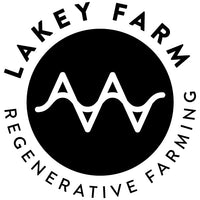Talking beef cuts

Cuts in our beef packs represent the percentage of cuts over the animal. Most people will not realise 30-40% of meat ends up as mince, approximately 10-15% will be our favourite steak cuts (prime cuts) of porterhouse, ribeye, eye fillet, rump and the remaining 45-60% are secondary cuts that require a little more thought and TLC but offer fantastic flavour.
Flavour in meat comes from the diet of the animal, fat, its age and how the meat is processed such as dry aging. Free range pasture fed animals get to eat a veritable salad bar of grasses, the flavour in the meat is quite literally “you are what you eat”. Pasture fed animals have a range of omega acids/fats in their flesh which has a healthier spectrum as compared to grain fed animals.
Cattle lay down fat from the head to the tail, secondary cuts like chuck (neck) and brisket (chest/meat over the ribs) have fat layered in the meat, whereas cuts such as rump and silverside (back end of the animal) are generally leaner although they can have a generous fat cap which is the fat which sits just under the hide and covers the meat.
The age of the animal also affects flavour, the older the animal such as an Prime Steer (2-3yrs and older) will have more flavour as compared to a weaner or yearling which will be more tender.
Dry aging is a process of hanging meat for several weeks before it is butchered into its cuts for packaging and consumption. The moisture evaporates from the meat, concentrating the flavour. Enzymes in the meat breakdown the connective tissue resulting in more tender beef.
Our beef is 2-3yr old Prime Steer, free range pasture fed, the meat has been dry aged for 2-3weeks before being packaged
We will post a range of recommended recipes for the varied cuts over the animal. You will soon find although the steak is very good there are many flavoursome cuts other than the prime cuts!

